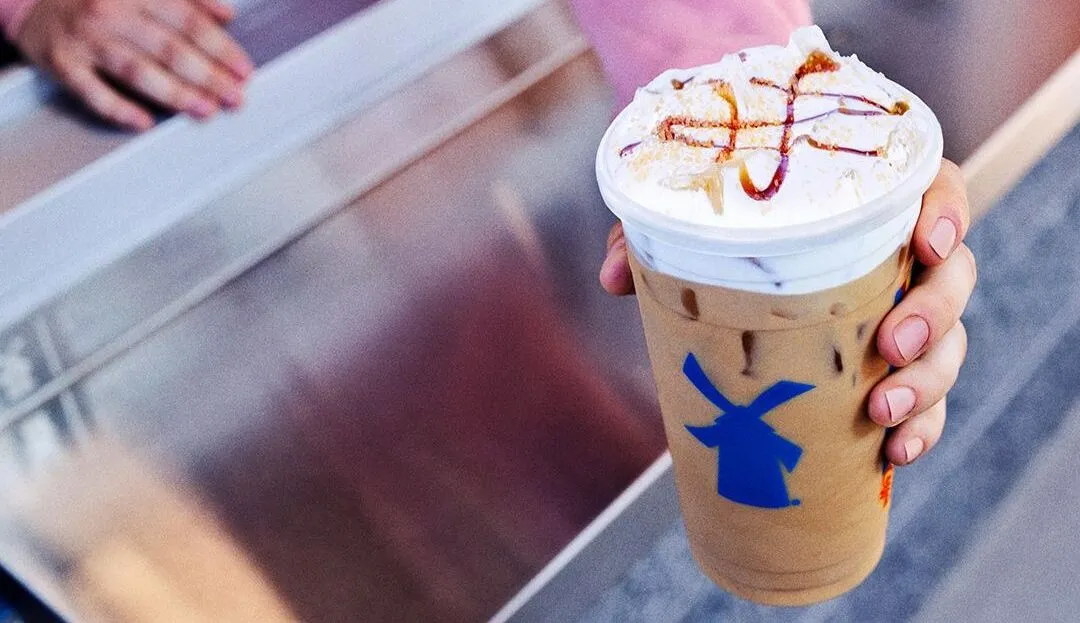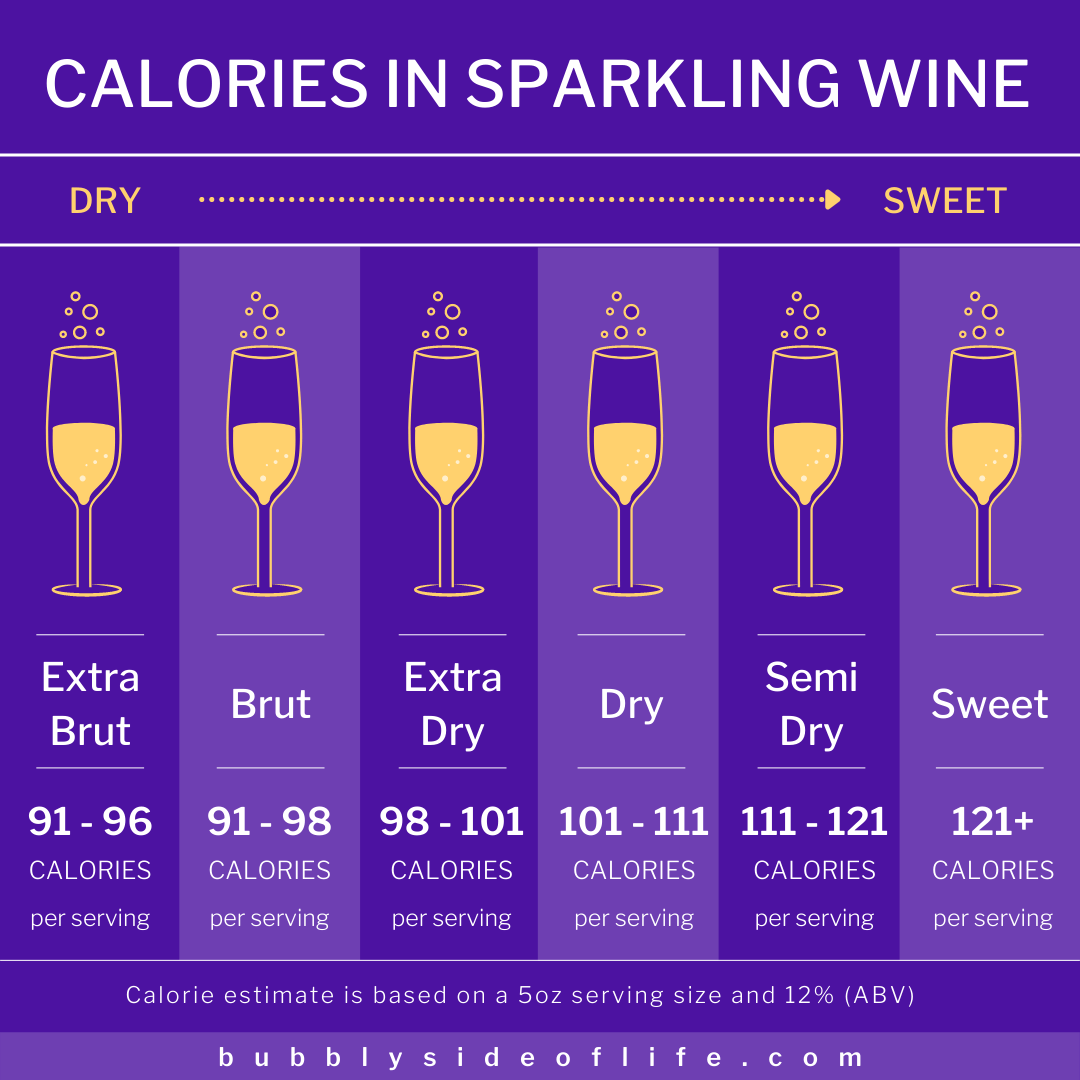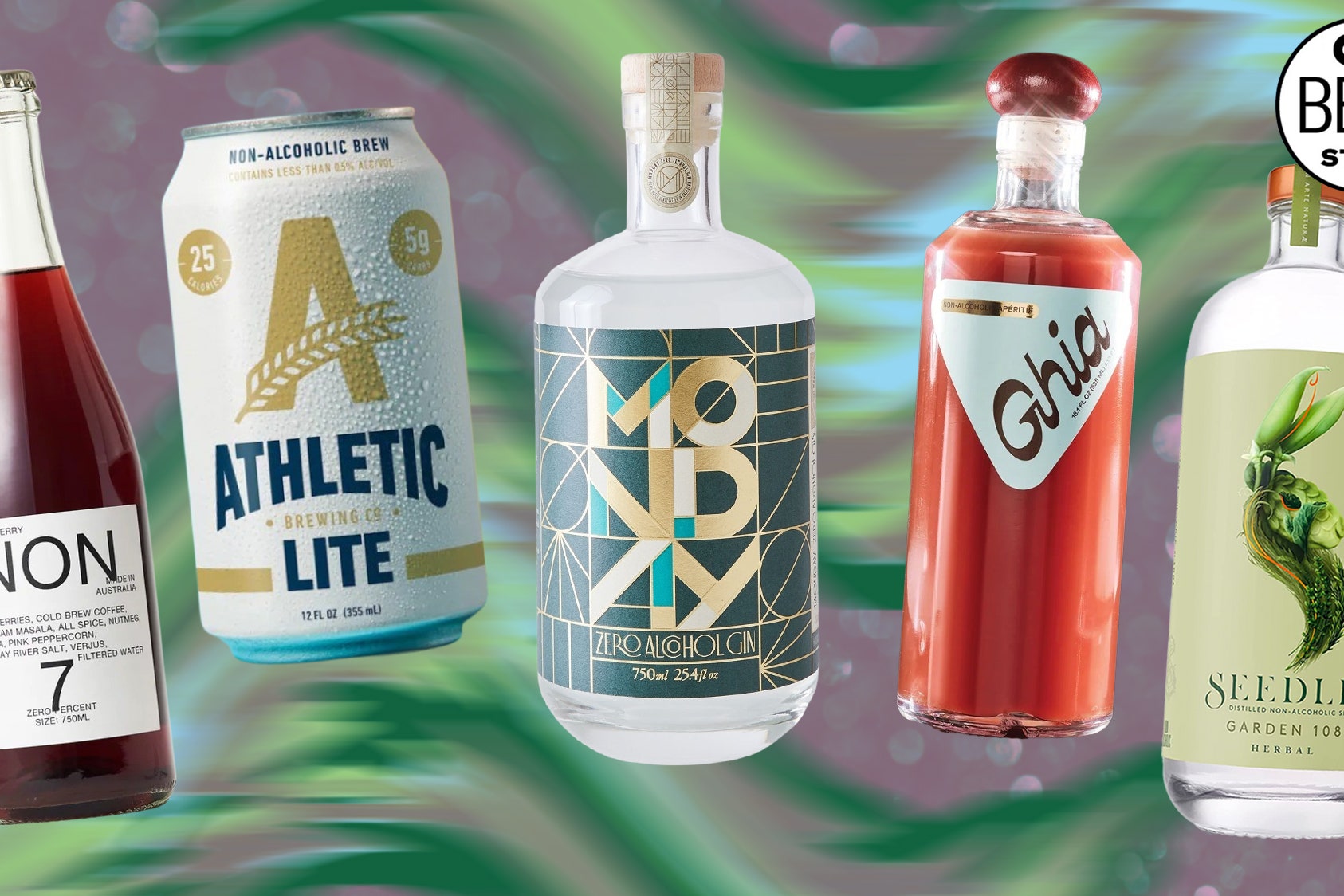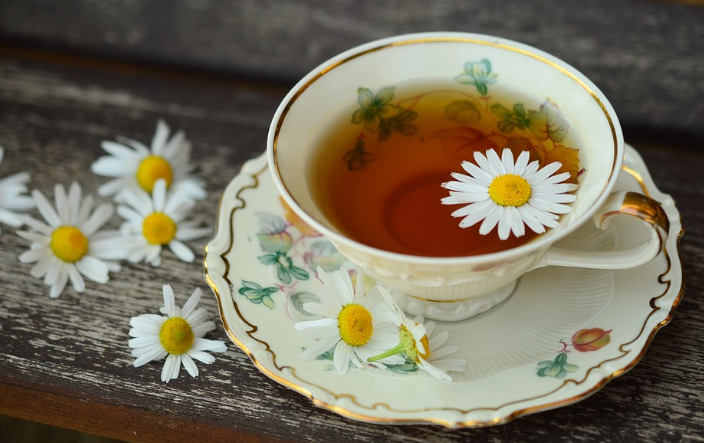Rosé wine is often considered a low calorie wine option by many people. Compared to other types of wine, rosé wine is generally lower in calories due to its lower alcohol content and shorter fermentation period. Additionally, many rosé wines are made with little to no residual sugar, which can also contribute to a lower calorie content. Here’s why rose wine is known as a low calorie wine:
- Shorter fermentation time: Rosé wine is made by fermenting red grapes for a short period of time, usually only a few hours to a couple of days. This brief fermentation period allows for less sugar to be converted into alcohol, resulting in a lower alcohol content and fewer calories compared to red wine.
- Lower sugar content: Similar to white wines, many rosé wines are made with little to no residual sugar, which can contribute to a lower calorie content. However, some sweeter rosé wines may have higher sugar content and therefore more calories.
- Serving size: Rosé wines are often served in smaller glasses than other types of wine, which can help limit calorie intake. A standard serving of wine is 5 ounces, but many people pour larger servings, which can significantly increase calorie intake. By serving rosé wine in smaller glasses, people may be more likely to consume a moderate amount of wine, which can help to limit calorie intake.
Overall, the calorie content of rosé wine can vary depending on factors such as the alcohol content, residual sugar, and serving size. However, on average, a 5-ounce serving of rosé wine contains around 120-130 calories, which is comparable to Sauvignon Blanc and other dry white wines. It’s important to note that while rosé wine is generally lower in calories than other types of wine, it still contains alcohol and should be consumed in moderation.
While the exact calorie content of rosé wine can vary depending on factors such as the alcohol content, residual sugar, and serving size, on average, a 5-ounce serving of rosé wine contains around 120-130 calories. This is comparable to the calorie content of Sauvignon Blanc and other dry white wines, which are also often considered low calorie wine options.
Overall, while rosé wine is popularly known as a low calorie wine option, it’s important to remember that it still contains alcohol and should be consumed in moderation. Additionally, the calorie content can add up quickly if large servings are consumed or if the wine is mixed with high calorie mixers.








